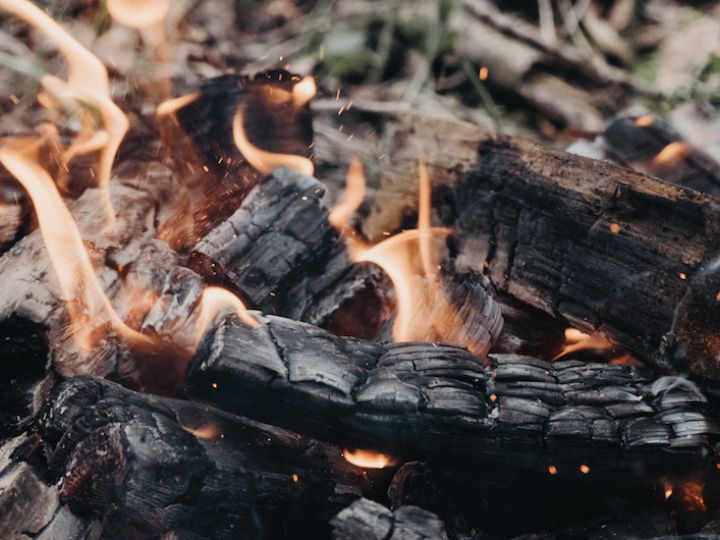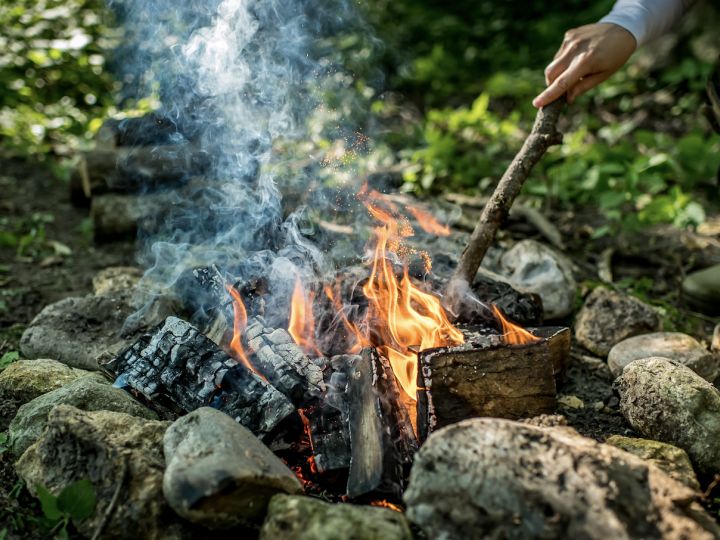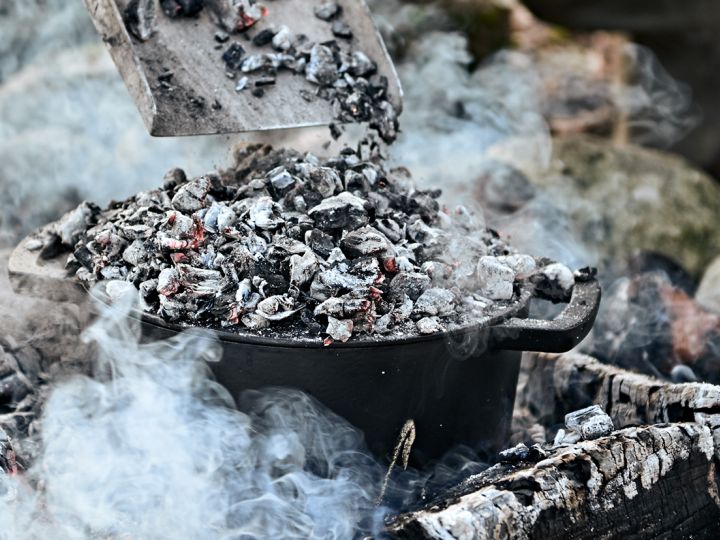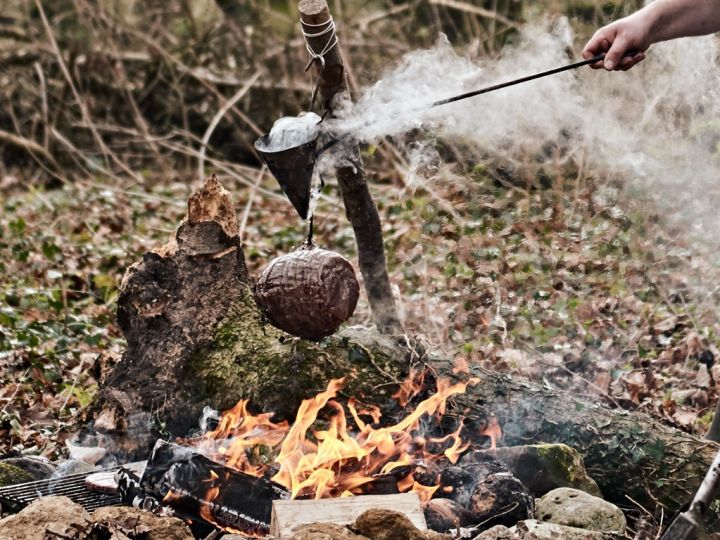A versatile and pungent plant, wild garlic is one of those wonderful free foods that is not only fun to forage for but is also super easy to cook offering a lovely replacement for conventional garlic. Millions of bulbs may exist in one wood, causing the white, starry carpets and strong garlic smell we so keenly associate with this flower. Wild garlic also attracts the attention of plenty of pollinating insects, including hoverflies, butterflies and longhorn beetles.
When is the Best Time to Forage for Wild Garlic in the UK?
Most common in the south, but if you look hard enough you'll find pockets of wild garlic growing throughout the UK, late spring is the perfect time to go foraging for wild garlic. This early flowering allows it to make the most of the sunlight that is still able to make it to the forest floor habitat, before the canopy becomes too dense. The plant is native to Britain, and is sometimes known as bear leek, bear’s garlic, broad-leaved garlic, ramsons or wood garlic. At its peak of growth is stands around 50cm.
What Does Wild Garlic Taste Like?
As you might expect of the allium family (which includes garlic, leeks, onions etc), the flavour is a delightful combo of both garlic and spring onion. With a pungent flavour hotter than that of conventional garlic.
Both the leaves and the flowers are edible. The leaves usually appear in March and the flowers into April and May. When picking wild garlic it is best to pick from a wide area rather than risk inhibiting growth of a plant by removing all of its leaves.
How to Tell the Difference Between Wild Garlic & Other Plants?
There are a couple of potential traps when it comes to identification. Lily of the Valley, Autumn Crocus, daffodils, snowdrops and Lords and Ladies have similar leaves in the early stages of growth. All of these are toxic but none have the distinct scent of garlic, so make sure you give them a good sniff whilst foraging to be sure, or, leave the young shoot foraging to the experts and wait until April and May to pick yours, once they have flowered their distinctive white blooms. However, leave it too long and the older leaves may turn bitter so avoid plants with lots of flowers.
Substitute conventional garlic for wild garlic in your usual dishes, pop it in salads, make a zingy pesto or try our recipe to make a fresh salsa verde to accompany lamb.
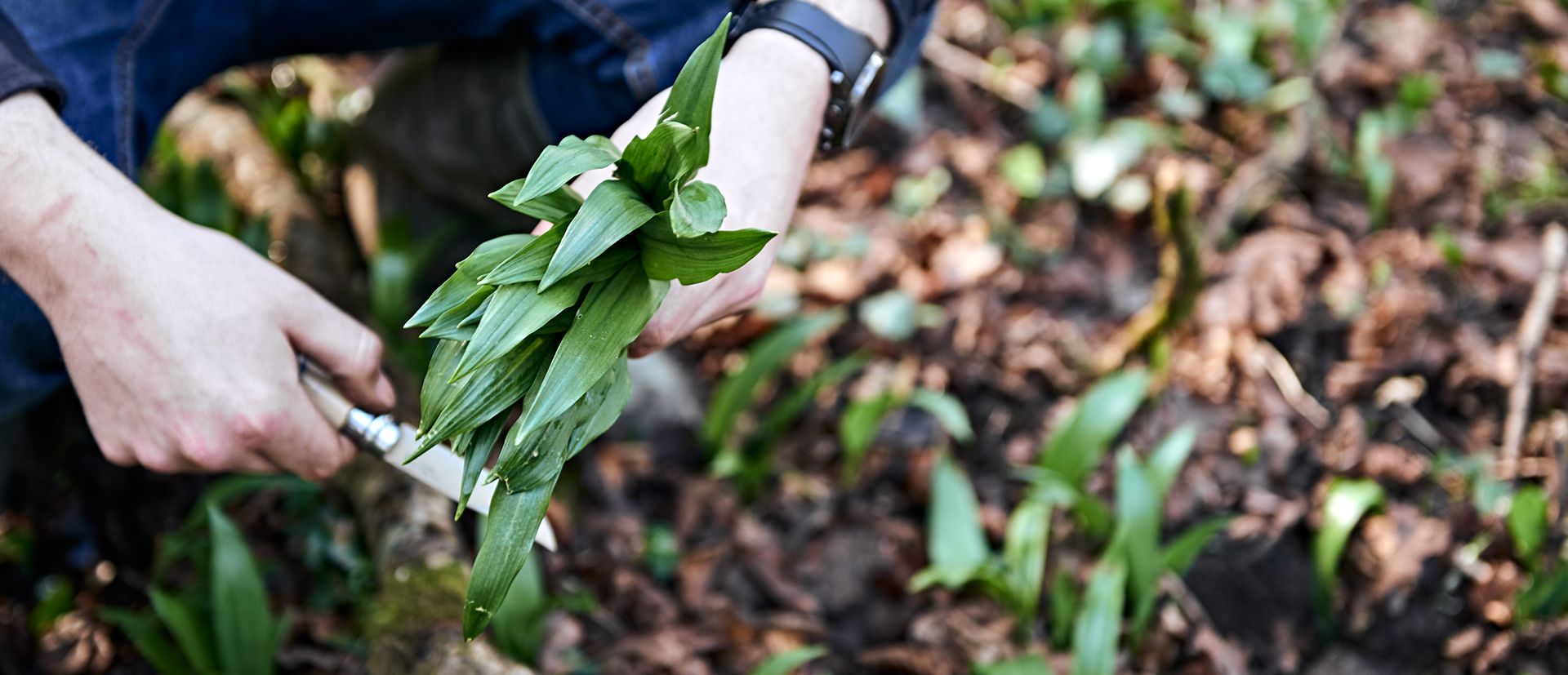
How To Use A Flambadou
Maybe it’s the sizzle of the meat over flame, the pungent fug of the smoke or the fresh air that gets your tummy rumbling, but whatever it is, outdoor cooking is particularly satisfying. Though barbecue and fire-pit accessories are getting ever more sophisticated, some of the more old-fashioned techniques yield unbeatable results. Take the flambadou, for example. Anyone who loves alfresco cooking will appreciate this traditional French technique for basting the meat with fat as it cooks over the coals.
Read More


.png)
